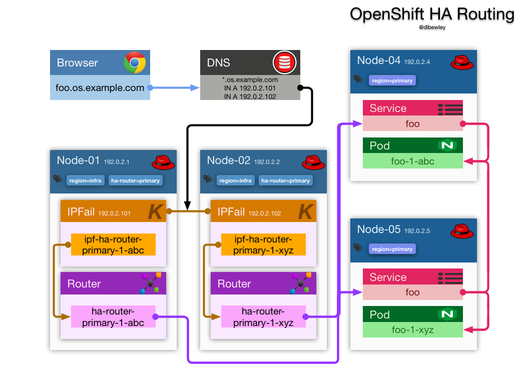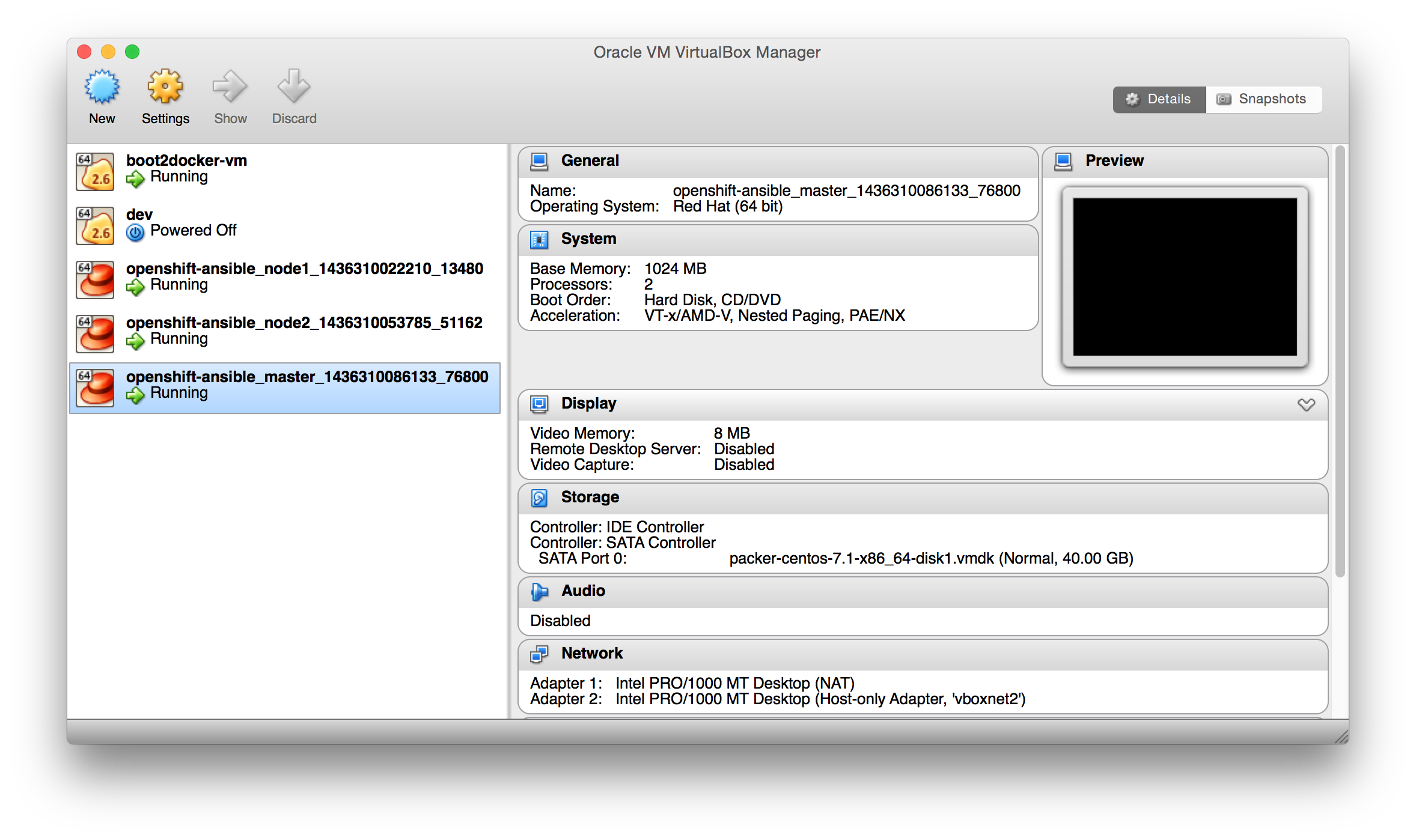Upgrading OpenShift Enterprise from 3.1 to 3.2
Upgrading from OSE 3.1 to 3.2 using the playbook went quite well for me, but there were a few issues to sort out. The issues were related to: ip failover had to be updated manually there was about 5 minutes downtime during the upgrade updates to image streams docker error messages updated policy and role bindings build strategy Source is not allowed hawkular metrics Upgrade Process Following the directions is pretty straight forward.








